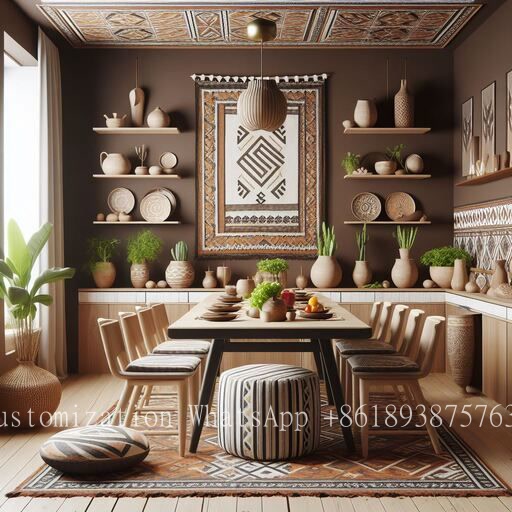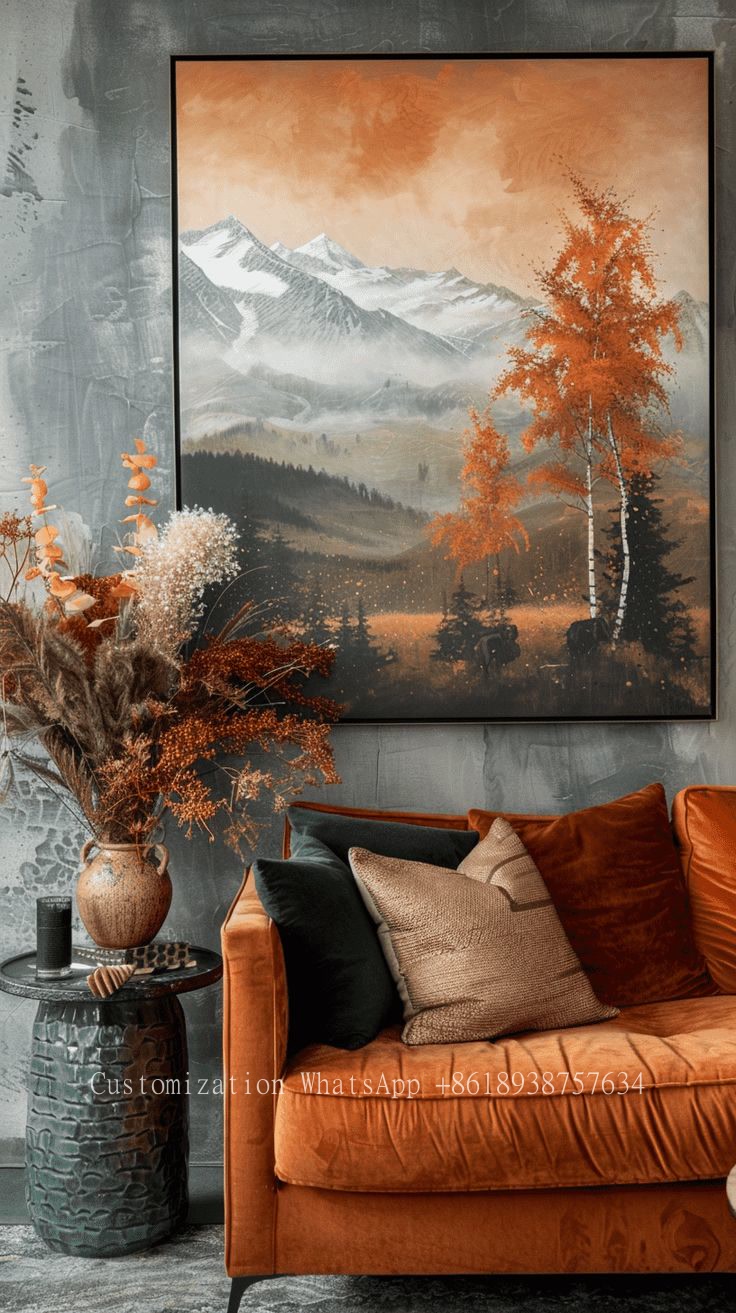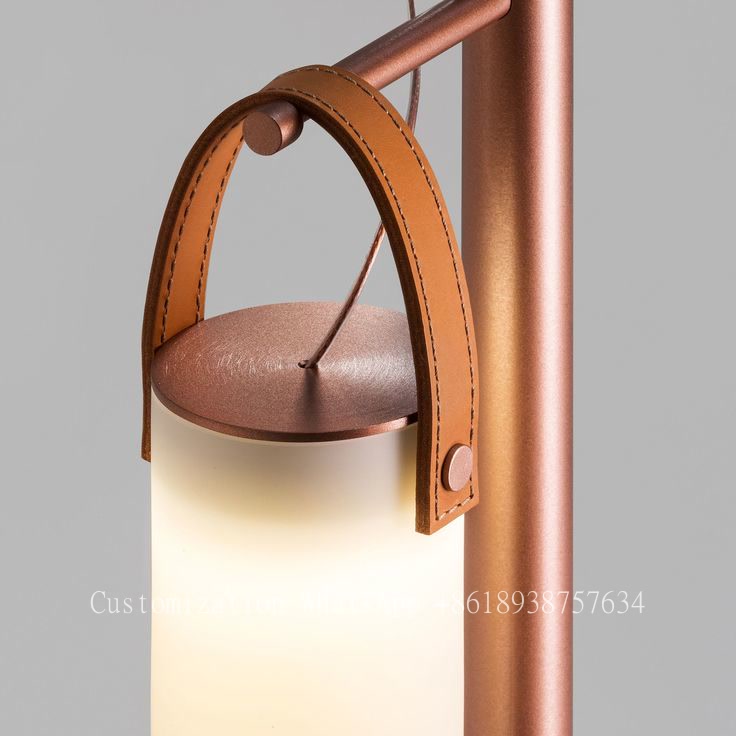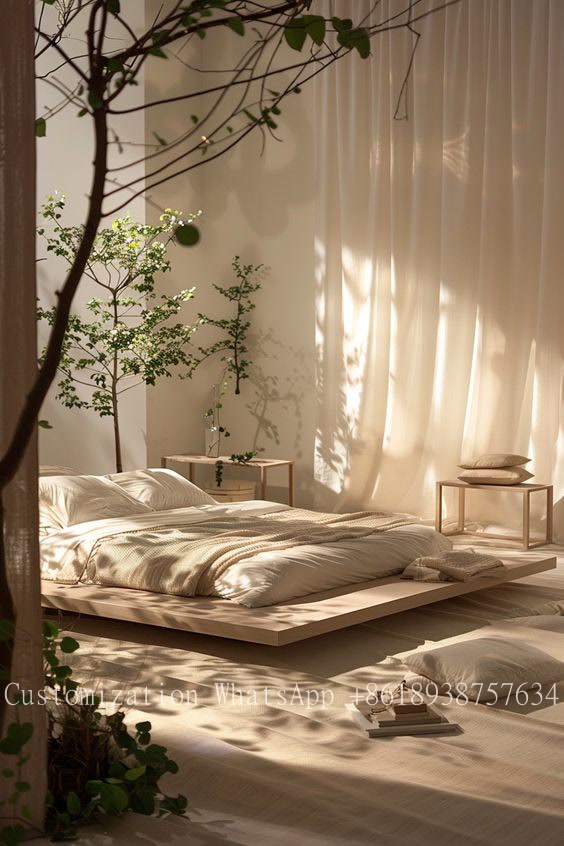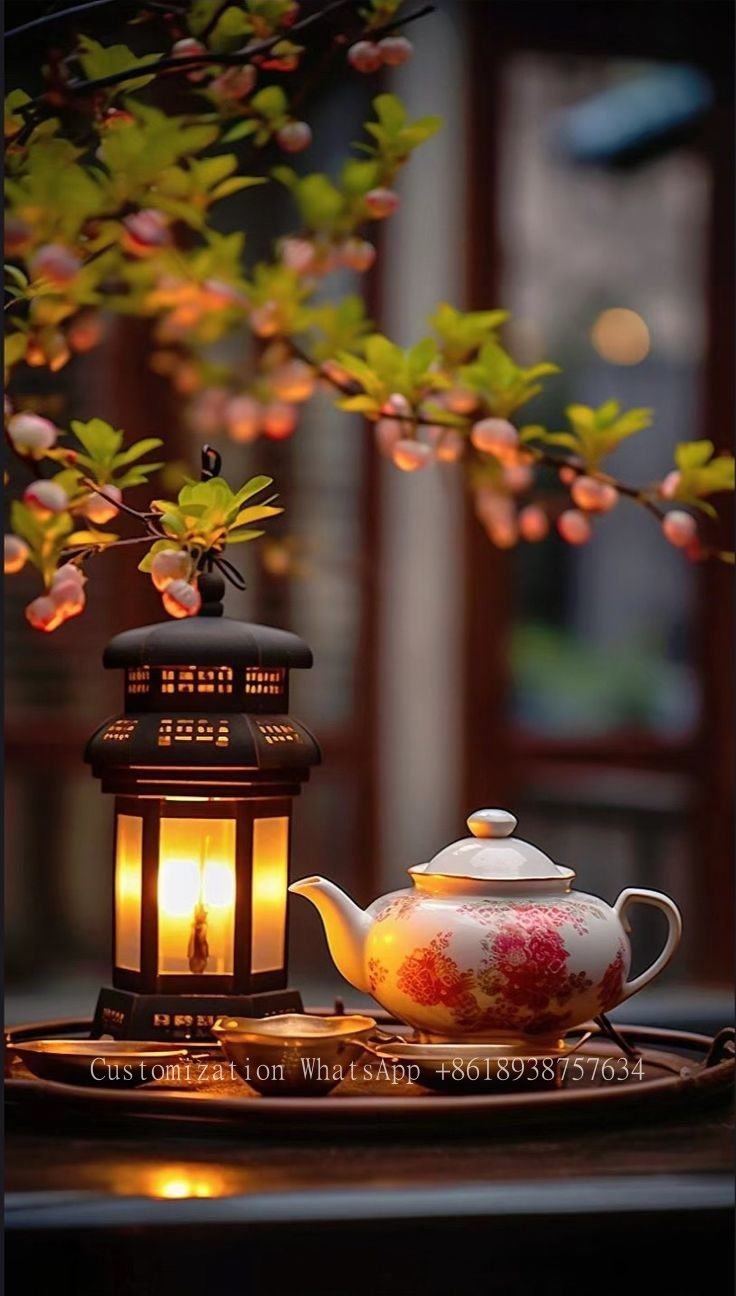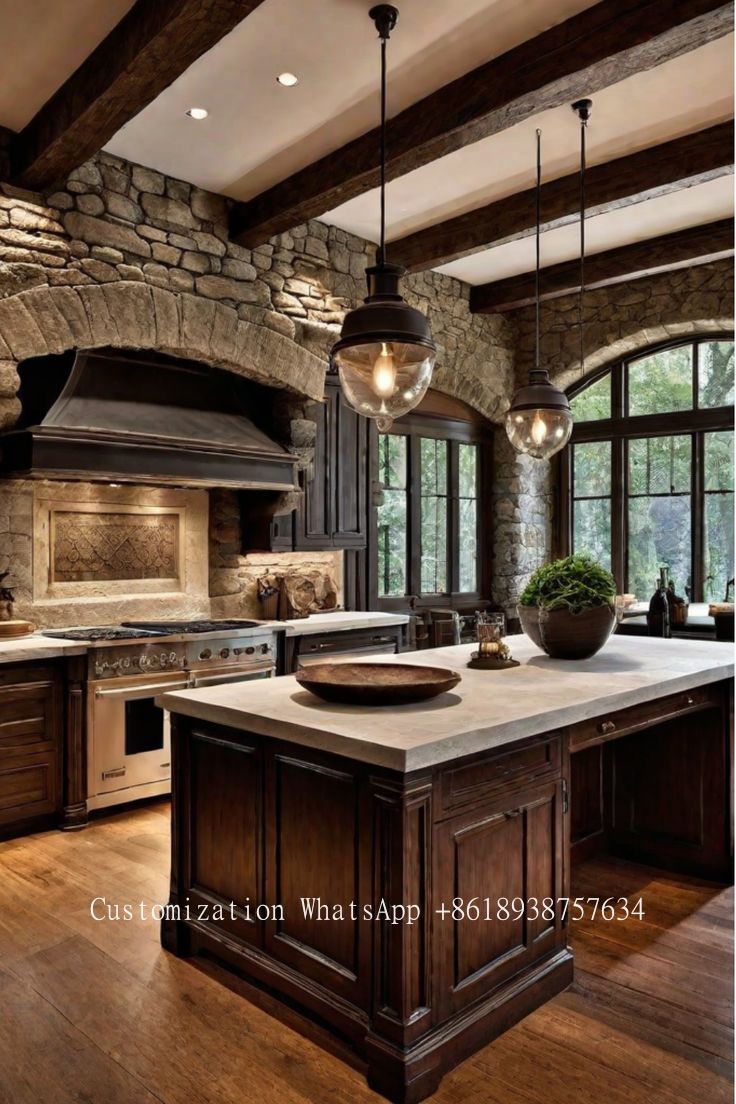Illuminate Your Space: A Comprehensive Guide to Personalized Lighting Options
Understanding Personalized Lighting Options In the modern world, lighting is no longer just a functional necessity; it is a critical element of design and ambiance. Personalized lighting options have gained immense popularity as they allow homeowners and businesses to tailor their lighting setups to meet their specific needs and preferences. Whether you're an interior designer, a homeowner looking to revamp your space, or a business aiming to create a unique atmosphere for customers, understanding the various personalized lighting options available can make all the difference. What Are Personalized Lighting Options? Personalized lighting options refer to customizable lighting solutions that cater to individual aesthetic preferences and practical requirements. These options can vary widely, including: Smart lighting systems Adjustable fixtures Color-changing bulbs Task lighting Ambient lighting Accent lighting Natural light solutions Smart Lighting Systems One of the most significant advancements in personalized lighting is smart lighting systems, which allow users to control their lighting through smartphones or smart home assistants. These systems offer unprecedented convenience, enabling you to: Change the brightness and color of your lights remotely Set schedules for when your lights should turn on or off Integrate with other smart home devices for enhanced functionality Adjustable Fixtures Adjustable fixtures allow you to change the direction, height, and intensity ...
The Role of Light in Mid Century Interior Design
The mid-century modern design movement, which flourished from the 1940s to the 1960s, represents a pivotal moment in architectural and interior design history. It deviated from the ornate styles of the past, favoring simplicity, natural elements, and an emphasis on light. In this article, we will explore the vital role of light in mid-century interior design, its implications for modern interiors, and provide insights into how you can incorporate light effectively in a mid-century style. Understanding the Essence of Mid Century DesignMid-century interior design is characterized by clean lines, organic shapes, and an integration with nature. This movement places great importance on how space interacts with light. Large windows, open spaces, and the use of colors that complement natural light are fundamental aspects of this aesthetic. How Light Shapes the Mid Century AestheticLight plays a transformative role in mid-century design, not just for visibility but as a fundamental element that enhances the beauty of a space. Here are several ways light influences mid-century interiors:AspectRole of LightNatural LightEnhances spatial perception and connection to the outdoorsArtificial LightingSets mood and highlights design featuresColor InteractionAffects the perception of colors and materials within the spaceThe Relationship Between Space and LightOne of the hallmarks of mid-century design is the establishment of a dialogue between the interior and exterior spaces. Large glass pane...
Functionality vs. Aesthetics in Lighting: Striking the Perfect Balance
In contemporary design, particularly in residential and commercial spaces, lighting plays an essential role. However, a common debate among designers, architects, and homeowners is how to prioritize functionality versus aesthetics in lighting choices. This article will explore the dual aspects of lighting design, considering the latest trends, benefits, and functionalities, while providing actionable tips to achieve harmony between functionality and aesthetics. The Importance of Lighting in DesignLighting is not merely a matter of visibility; it contributes significantly to the ambiance of a space. Proper lighting can enhance mood, productivity, and overall well-being. It can also highlight architectural features and decor, making it a vital component of interior design.Before diving into the functionalities and aesthetics of lighting, let’s consider the primary factors that influence lighting choices:FactorDescriptionBrightnessThe amount of light required for different tasks.Color temperatureThe warmth or coolness of light (measured in Kelvin).Energy efficiencyHow much energy a lighting solution consumes.StyleThe visual appeal of the lighting fixture itself.InstallationThe complexity involved in setting up the lighting system.Functionality in LightingFunctionality in lighting refers to its practical applications. This involves understanding how different types of lighting can serve specific purposes within a space.Types of Functional LightingFunctional lighting can be catego...
Understanding Proportionality in Lamp Design: An Essential Guide
What is Proportionality in Lamp Design?Proportionality in lamp design involves the harmonious balance between the elements of a lamp, including its size, shape, and materials, to create a visually appealing and functional lighting fixture. Well-proportioned lamps enhance aesthetic appeal and improve lighting efficiency, making them essential for both home and office environments.The Importance of Proportionality in Interior DesignWhen incorporating lamps into interior spaces, proportionality plays a crucial role. A well-designed lamp not only illuminates but also complements the surrounding decor. Poorly scaled lamps can disrupt the visual flow of a room and diminish the overall ambiance.Key Factors of Proportionality in Lamp DesignFactorDescriptionSizeThe dimensions of the lamp should correspond to the space where it’s placed. For example, a large lamp may overpower a small room.ShapeLamps come in various shapes, including cylindrical, rectangular, and abstract forms. The shape should align with the intended design theme.MaterialFrom ceramic to metal, the choice of material impacts both aesthetics and functionality. Materials should be chosen based on durability and style.Light OutputThe amount of light produced should match the size of the lamp and the intended use of the space, which is often measured in lumens.Examples of Proportionality in Lamp DesignLet’s explore a few examples of lamps that exemplify proportionality:Mid-Century Modern Lamps: These often use clean lines...
Elevate Your Space with Unique Mid Century Accent Lighting
When it comes to home decor, lighting is often an afterthought, yet it's one of the most powerful tools in your arsenal for creating atmosphere and style. Among the most trendy options today is unique mid century accent lighting, a design style that not only serves a functional purpose but also acts as a statement piece in any room. In this article, we will explore the history, design elements, and practical tips for incorporating mid century accent lighting into your home.Understanding Mid Century DesignThe mid century design era, which roughly spans the years from the 1940s to the 1960s, is characterized by clean lines, organic shapes, and a connection with nature. The movement was all about simplicity and functionality, embracing modern technology and materials such as metal, glass, and plastics. Aspects of mid century style continue to be relevant today, particularly in the realm of furniture and lighting.Key Elements of Mid Century Accent LightingMid century accent lighting often includes the following characteristics: Geometric Shapes: Expect bold, geometric forms that make a statement. Warm Colors: Lighting fixtures often incorporate warm woods and muted colors, aligning with the era’s aesthetic. Functional Design: Each piece is crafted to be functional while maintaining an artistic flair.Types of Unique Mid Century Accent LightingFinally, let’s explore various types of unique mid century accent lighting that you can consider for your home:TypeDescriptionPendant Lig...
Transform Your Space: Mid Century Lighting Fixtures for Contemporary Homes
When it comes to interior design, lighting plays a crucial role in establishing the mood and enhancing the aesthetics of your space. Mid-century lighting fixtures have become increasingly popular among homeowners looking to blend retro style with contemporary living. These exquisite designs not only provide functionality but also serve as stunning focal points in any room. In this article, we will explore the various aspects of mid-century lighting fixtures for contemporary homes, including their characteristics, popular designs, and tips on how to incorporate them seamlessly into your home.What Are Mid-Century Lighting Fixtures?Mid-century lighting fixtures refer to lighting designs that emerged between the 1940s and 1970s, characterized by their minimalist aesthetics, clean lines, and innovative materials. This period in design emphasized function and form, resulting in lights that are both practical and visually appealing. Some of the common materials used in mid-century designs include brass, chrome, and glass, which contribute to their timeless charm.Characteristics of Mid-Century Lighting FixturesMid-century lighting is defined by several key characteristics that set it apart from other design styles: Simplicity: Mid-century designs embrace simplicity, eliminating unnecessary embellishments and focusing on clean lines. Bold Colors: These fixtures often feature bold colors, such as mustard yellow, teal, and orange, reflecting the vibrant spirit of the era. Organ...
Nostalgic Home Accents: A Return to Charm and Comfort
Nostalgic home accents are making a significant comeback in the world of interior design, as people yearn for a sense of comfort and familiarity in their living spaces. These charming elements not only evoke fond memories but also add character and warmth to any home. In this article, we will explore various nostalgic home accents, their significance, and how you can seamlessly incorporate them into your decor.What are Nostalgic Home Accents?Nostalgic home accents are decorative items or furnishings that remind us of past eras, often sparking feelings of warmth and comfort. These may include vintage furniture, retro kitchenware, or decorative pieces that have been passed down through generations. Such accents provide a unique way to blend contemporary design with elements of the past, creating a cozy and inviting atmosphere.Popular Nostalgic Home AccentsWhen looking to add nostalgic accents to your home, consider the following popular styles and items:Accent TypeDescriptionExample ItemsVintage FurniturePieces that showcase classic designs from previous decades.Antique chairs, retro side tables, mid-century sofasRetro KitchenwareHousehold items that evoke a sense of nostalgia, often colorful and cheerful.Glass canisters, enamel cookware, patterned dishwareWall ArtPictures and prints that celebrate historical moments or artistic movements.Black and white photography, vintage advertisements, classic movie postersTextilesFabrics that represent traditional patterns or styles, addi...
